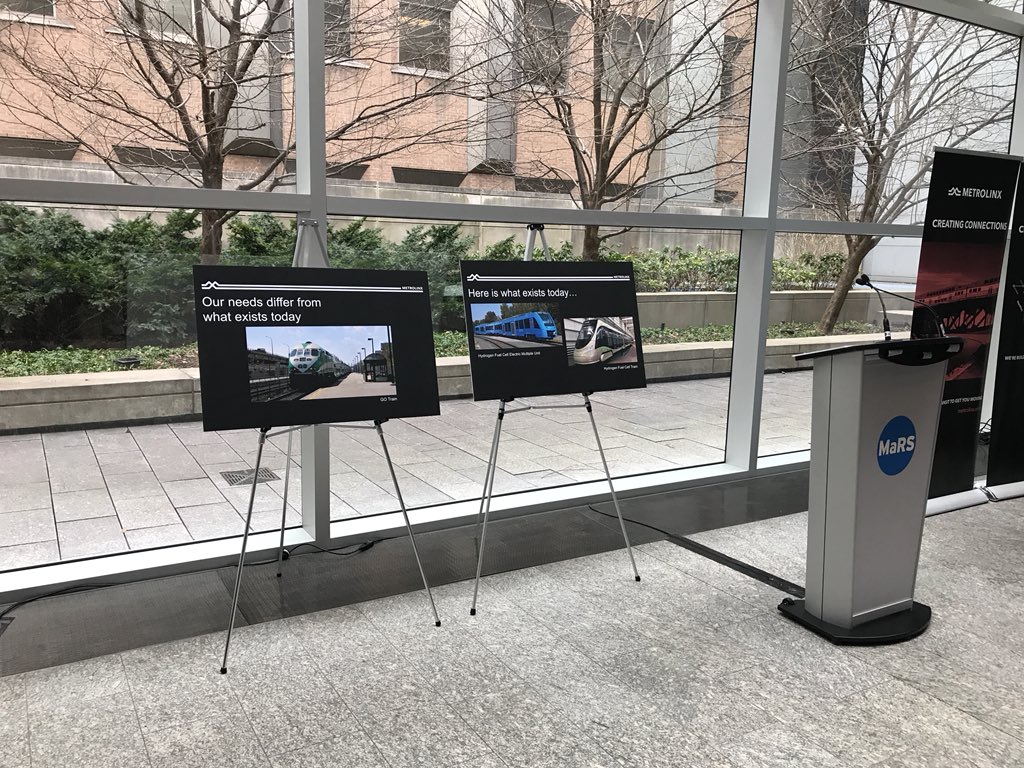100% of electric Dutch trains now run on wind power
NS Dutch Railways has partnered with energy company Eneco to use its wind turbines to generate the energy
Every electric train on the Dutch railways NS network now gets 100 per cent of its energy from wind energy.
NS Dutch Railways has partnered with energy company
Enecoto use its wind turbines to generate the energy needed to power all of its electric trains. The pair had hoped to achieve this milestone by 2018 but managed the feat as of January 1 this year.
reportedly equivalent to the amount all households consume each year. The 100 per cent wind energy-powered trains transport 600,000 passengers and three strokes of an Eneco wind turbine drives a railway train one kilometre.
[...]





